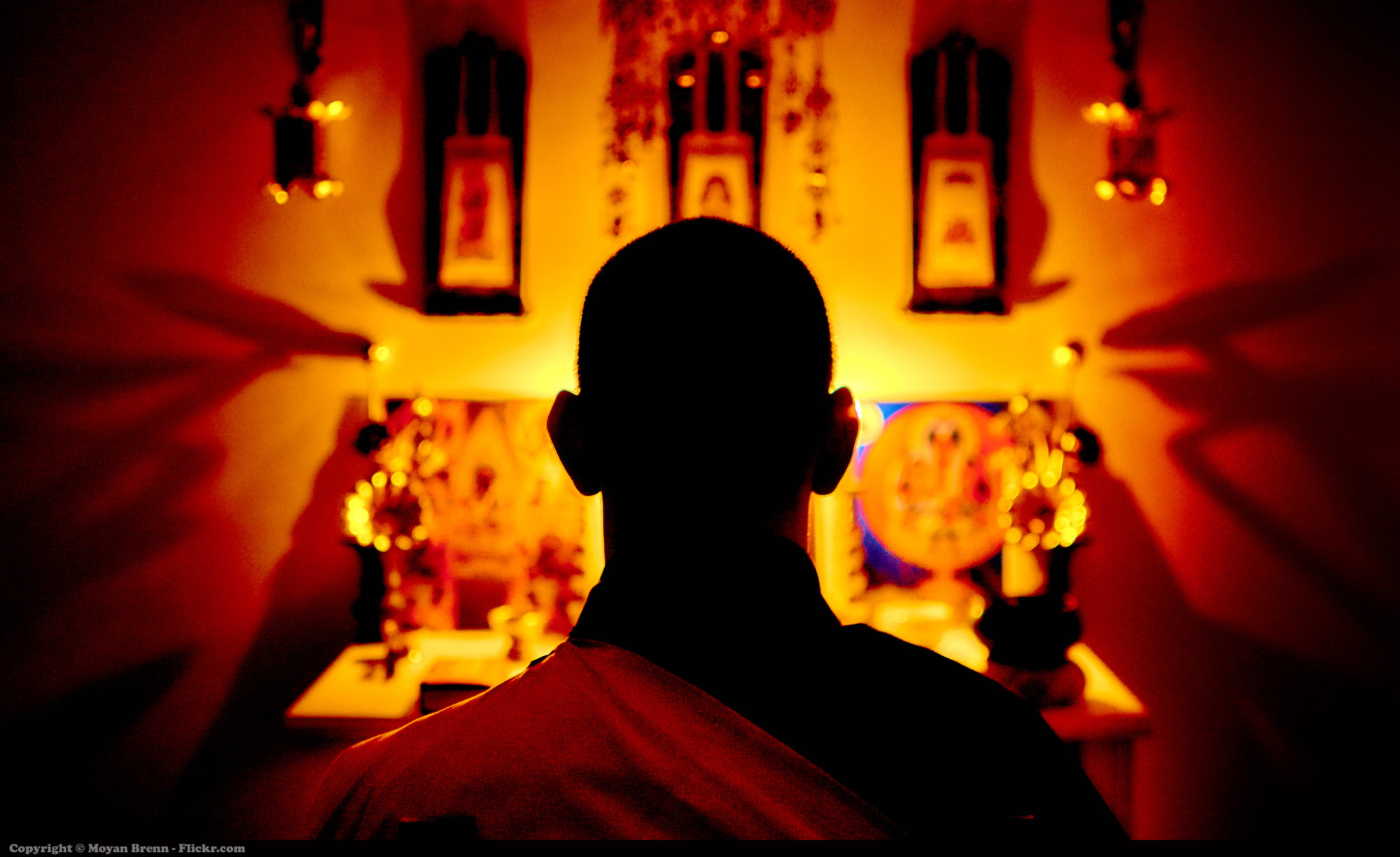When I began practicing yoga and meditation, I learned that the body and mind are changing every moment. As human beings, we are prone to attachment. We get attached to people, places, and things. This quality of attachment is what fuels the ego and creates the cycle of unending desires. Due to attachment, we long for specific experiences, people, and environments that give us pleasure. However, nature is ever-changing and does not favor anyone. Through the practice of yoga, we need to synchronize our lives with this truth.
Practicing yoga not only makes us super-conscious of the changes that happen in our body and minds But also helps us become detached from these states of existence. When detachment occurs, peace of mind ensues because we stop identifying with the different mental constructions of our minds. These mental constructions are called Vrittis by the yogis.
Consider the mind as a transparent crystal and the Vrittis as different colors of light. Under red light, the crystal appears to be red. Under blue light, it appears blue. However, in reality, the crystal has no color of its own. It is because of our attachment to our own thoughts, perceptions and various external stimuli that we start acknowledging the crystal to be red or blue.
An interesting analogy was made by Bruce Lee when he said, in an interview, “Empty your mind. Be formless, shapless like water. You put water into a cup, it becomes the cup. You put water into a bottle, it becomes the bottle. You put water into a tea-pot, it becomes the tea-pot. Now, water can flow or it can crash. Be water, my friend.” This statement by Lee, clearly showed that he had understood the colorless, atrributeless nature of the mind. He had learnt to detach his mind with the thoughts and fovus it on his martial arts practice. In my opinion, this is what made him great at what he did.
In 2011, when I began my practice, my mind was bombarded with thoughts of insecurity, anxiety, desire and anger. I was overwhelmed by my own mind and repeatedly got lost in old, repressed memories. Eventually, with practice I learned to get detached with those feelings and memories. I had become an observer who was watching thoughts come and go like cars on the road.
However, this is far away from the end of the road. Today, though I am not driven by the thoughts that haunted me in the past, I am faced with new new ones. The content of my mind has changed and new patterns of thinking have emerged. I still struggle on certain to find that focus but have become more adept at handling such challenges. So keep practicing!
